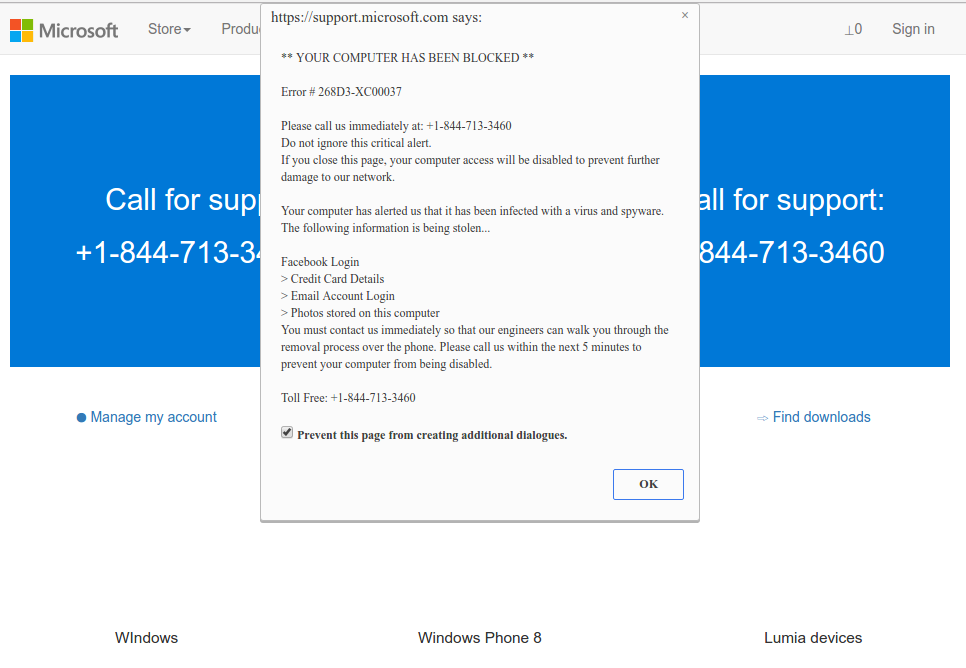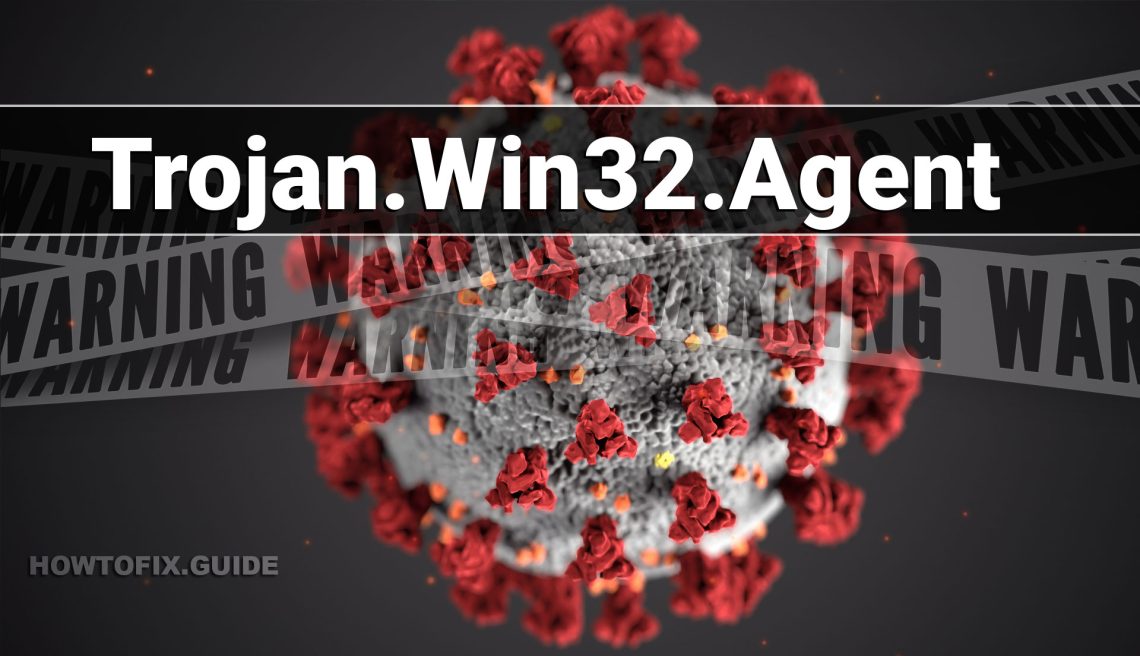If you spectate the notification of Trojan.Win32.Agent detection, it looks like that your system has a problem. All malicious programs are dangerous, without any exceptions. Agent is a virus that aims at exposing your computer to further threats. Most of of the modern malware examples are complex, and can inject other viruses. Being infected with the Trojan.Win32.Agent virus often means getting a thing which is able act like spyware or stealer, downloader, and a backdoor. Seeing this detection means that you need to perform the removal as fast as you can.
Any malware exists with the only target – generate profits on you1. And the developers of these things are not thinking of morality – they use all available ways. Taking your personal data, getting the payments for the advertisements you watch for them, utilizing your system components to mine cryptocurrencies – that is not the complete list of what they do. Do you want to be a riding equine? That is a rhetorical question.
What does the pop-up with Trojan.Win32.Agent detection mean?
The Trojan.Win32.Agent detection you can see in the lower right corner is shown to you by Microsoft Defender. That anti-malware application is good at scanning, however, prone to be mainly unreliable. It is defenseless to malware invasions, it has a glitchy user interface and problematic malware removal features. For this reason, the pop-up which says about the Agent is just a notification that Defender has actually recognized it. To remove it, you will likely need to make use of a separate anti-malware program.
The exact Trojan.Win32.Agent infection is a very nasty thing. It is present into your Windows under the guise of something normal, or as a part of the app you have got on a forum. Then, it makes all possible steps to make your system weaker. At the end of this “party”, it downloads other malicious things – ones which are wanted by cybercriminals who control this malware. Hence, it is impossible to predict the effects from Agent actions. And the unpredictability is one of the most unwanted things when it comes to malware. That’s why it is better not to choose at all, and don’t let the malware to complete its task.
Threat Summary:
| Name | Agent Trojan |
| Detection | Trojan.Win32.Agent |
| Details | Agent tool that looks legitimate but can take control of your computer. |
| Fix Tool | See If Your System Has Been Affected by Agent Trojan |
Is Trojan.Win32.Agent dangerous?
As I have actually pointed out previously, non-harmful malware does not exist. And Trojan.Win32.Agent is not an exception. This malware changes the system settings, modifies the Group Policies and Windows registry. All of these things are crucial for proper system operating, even when we are not talking about system safety. Therefore, the virus which Agent carries, or which it will download later, will squeeze out maximum profit from you. Cyber burglars can grab your data, and then push it on the Darknet. Using adware and browser hijacker functions, built in Trojan.Win32.Agent malware, they can make revenue by showing you the banners. Each view gives them a penny, but 100 views per day = $1. 1000 victims who watch 100 banners per day – $1000. Easy math, but sad conclusions. It is a bad choice to be a donkey for crooks.
What Trojan.Win32.Agent does on your PC?
After launching on the PC, this virus does the following actions:
How did I get this virus?
It is not easy to line the sources of malware on your computer. Nowadays, things are mixed, and spreading ways utilized by adware 5 years ago can be utilized by spyware nowadays. But if we abstract from the exact distribution tactic and will think of why it works, the answer will be quite basic – low level of cybersecurity awareness. People press on promotions on odd sites, click the pop-ups they receive in their web browsers, call the “Microsoft tech support” believing that the odd banner that states about malware is true. It is essential to recognize what is legit – to avoid misconceptions when trying to figure out a virus.

Microsoft Tech Support Scam
Nowadays, there are two of the most extensive methods of malware spreading – bait e-mails and also injection into a hacked program. While the first one is not so easy to evade – you need to know a lot to recognize a fake – the second one is easy to address: just do not utilize hacked programs. Torrent-trackers and other sources of “totally free” applications (which are, actually, paid, but with a disabled license checking) are really a giveaway point of malware. And Trojan.Win32.Agent is just within them.
How to remove the Trojan.Win32.Agent from my PC?
Trojan.Win32.Agent malware is very difficult to delete manually. It places its documents in several locations throughout the disk, and can restore itself from one of the elements. In addition, a range of modifications in the windows registry, networking settings and Group Policies are quite hard to discover and revert to the initial. It is better to use a specific app – exactly, an anti-malware program. GridinSoft Anti-Malware will definitely fit the most ideal for malware removal objectives.
Why GridinSoft Anti-Malware? It is really light-weight and has its databases updated nearly every hour. In addition, it does not have such bugs and exposures as Microsoft Defender does. The combination of these details makes GridinSoft Anti-Malware suitable for clearing away malware of any type.
Remove the viruses with GridinSoft Anti-Malware
- Download and install GridinSoft Anti-Malware. After the installation, you will be offered to perform the Standard Scan. Approve this action.
- Standard scan checks the logical disk where the system files are stored, together with the files of programs you have already installed. The scan lasts up to 6 minutes.
- When the scan is over, you may choose the action for each detected virus. For all files of Agent the default option is “Delete”. Press “Apply” to finish the malware removal.



User Review
( votes)References
- Read about malware types on GridinSoft Threat encyclopedia.


